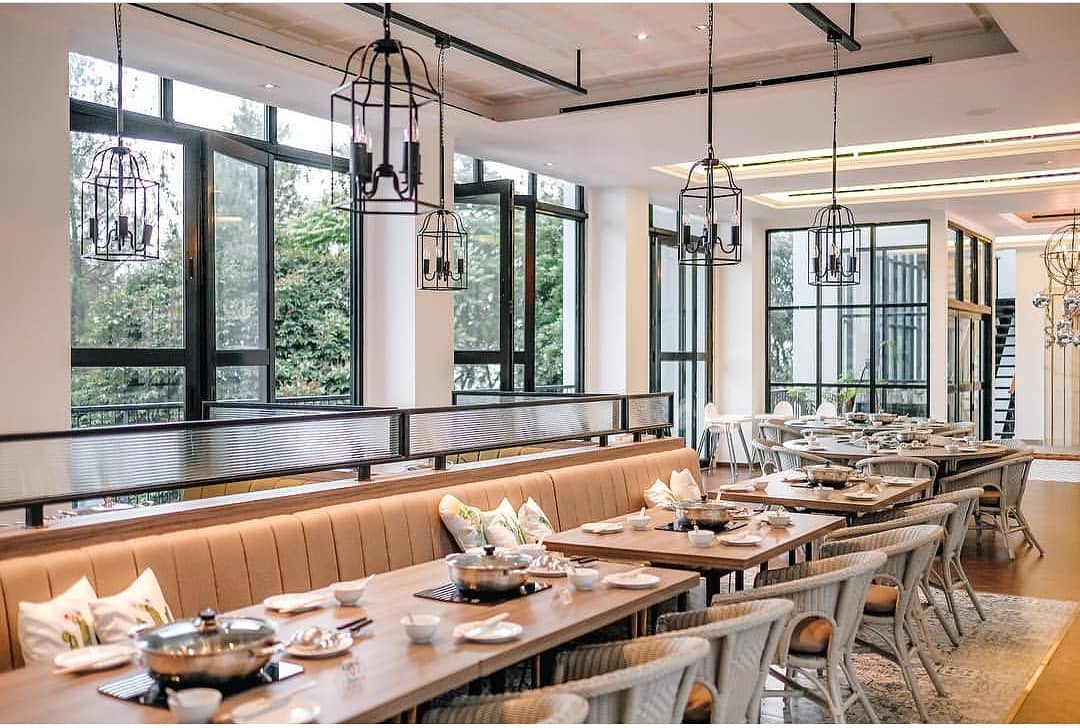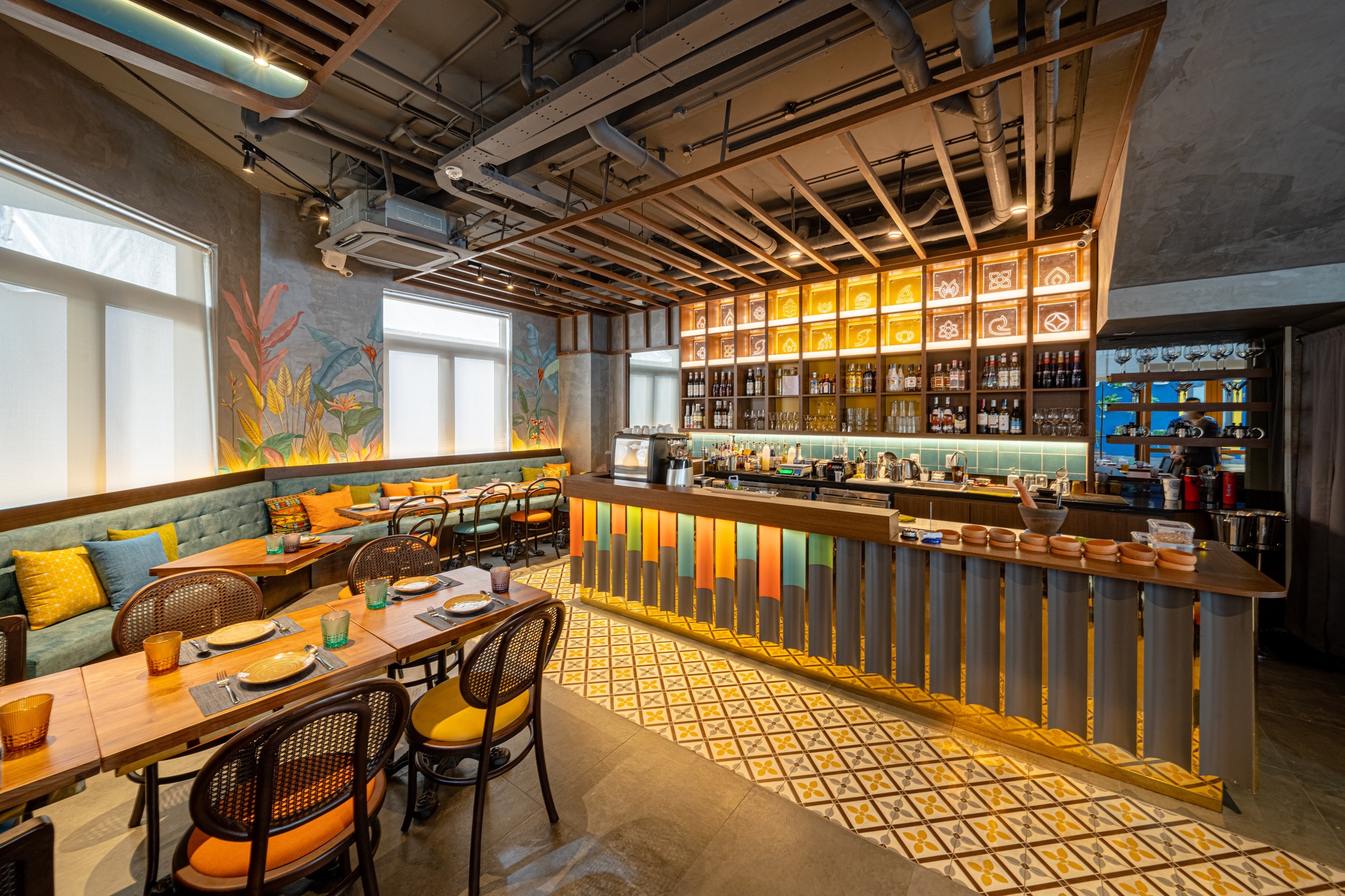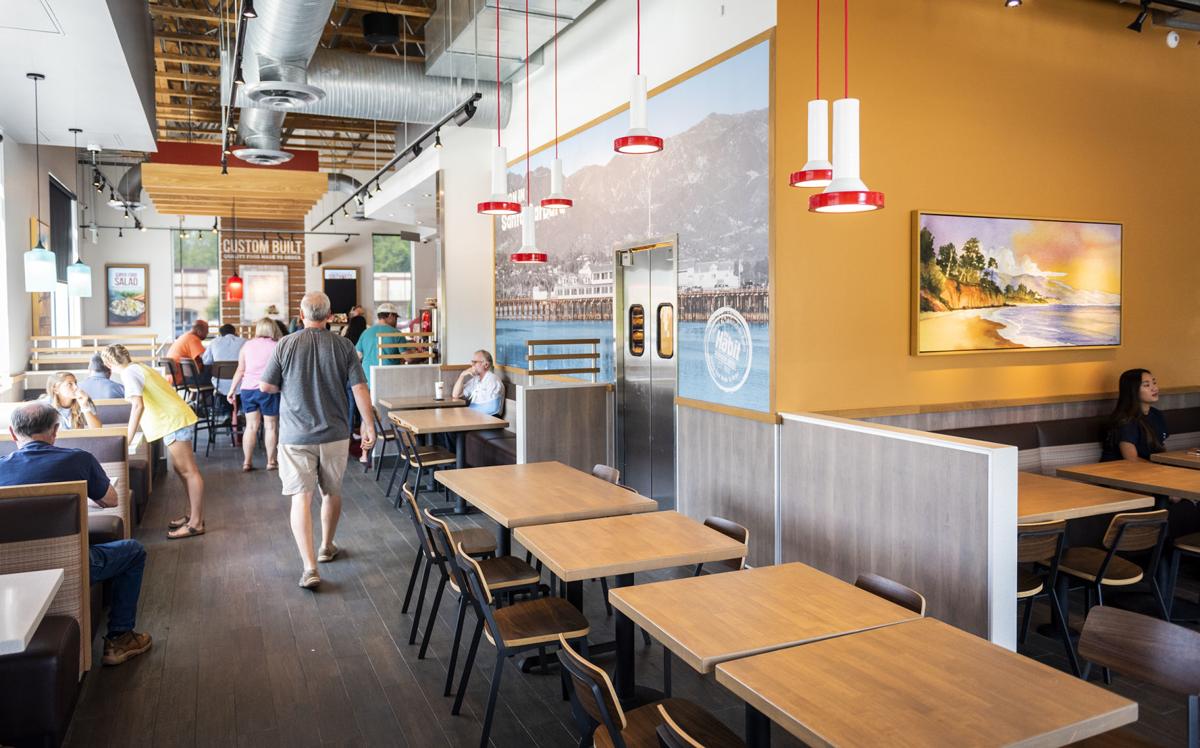
COCA, a long-standing succesful fine-dining Thai restaurant
In the F&B industry, restaurants are classified based on food type, food and interior decoration, service, size etc. Understanding each restaurant classification helps us target the right customer, and choose the right catchment area.
Here are the most popular restaurant types.
1. Fine dining: Sophisticated and classy
People come to fine dining restaurants for its luxury ambiance, exceptional food and exceptional service.
- Fine dining offers a wide selection of food which are prepared by certified chefs. Its menu contents are elegant, expensive, unique with appetizers, main course and desserts.
- Full table service by well-trained and formal staff
- Some fine dining restaurants have house rules of attire and behaviors for their customers.
- Fine dining is the most expensive dining experience.
2. Casual dining: High-quality but moderate price

Inside of the Mango Tree Vietnam restaurant. Source: Nova F&B
Not as expensive as fine dining restaurants, casual dining is a perfect option for customers to enjoy high-quality food at moderate prices and low-key ambiance.
- Casual dining is a full-service restaurant, and has food consultations for guests.
- Serve alcoholic beverages and appetizers.
- Target customer groups like family, friends to gather and enjoy food together.
- The atmosphere and decor are nicer and more laid-back than fast casual and QSR (Quick-service restaurant).

The Habit Burger Grill is a fast-casual burger chain restaurant from the U.S.
It’s misunderstood that fast casual and fast food (part of QSR) are the same. In fact, fast-casual restaurants are a blend of QSR and casual dining restaurants. Therefore, they offer speedy service like fast food, but they provide customers with more high-quality food like casual dining.
- Fast casual offers no table service. However, some large chains or fast casual franchises have a better variant: They take your order, let you go to your seat, and the staff bring food to you.
- No alcohol and appetizers. No food consultation. The staff just show menus to the guests and let them choose food.
- Interior design is nicer than QSR, and the ambience is normally as nice as casual dining.
- The pricing is still affordable compared to casual dining, but still higher than QSR.
4. Fast food: Speedy and most affordable
QSR stands for quick-service restaurants, which also means fast food. Living up to the name, fast food franchises focus on value, and speed over quality.
- Minimal table service. No food consultation. Guests choose the food and take them to the table on their own.
- Limited menu items. The food is often pizza, burritos, wraps, sandwiches, salads.
- Food is available for dine-in, takeaway, carry-out and drive-thrus.
- The interior design is simple.
- QSR is for everyone and affordable, which explains why they’re one of the most popular food franchises.
Top restaurant franchises in each sector

The award-winning Habit Burger Grill
1. Fine dining: Thai fine dining restaurants are a good option for Asia, as it is among the top 10 cuisines in the world. COCA Signature is a premium Thai hotpot – Chinese restaurant, which belongs to the COCA Group. Mango Tree is a Michelin award-winning chain with more than 50 restaurants around the globe.
2. Casual dining: The legendary Texas Roadhouse has been renowned for its legendary beefsteak and services. Their chain has grown to more than 666 restaurants worldwide.
3. Fast casual: The F&B industry has witnessed the fast casual dining boom for years. This sector is also a classification chosen by many brands.
- Chicken franchise: Southern America is the root of famous chicken chains like KFC, Popeye’s. SLIM CHICKENS, which originated from this region, has brought its juicy chicken and relaxing hospitality to over 160+ restaurants.
- Burger franchise: Famous for the award-winning Charburger, The Habit Burger Grill has expanded from the US to China and Cambodia. This chain belongs to Yum! Brands (own KFC, Pizza Hut & Taco Bell worldwide), who is committed to support franchisees to operate burger restaurants.
- Pizza franchise: Pizza is loved around the world. Little Caesars, the 3rd largest pizza chain, has expanded to 27 countries and territories.
- Mango Chili, a part of COCA Group, specializes in high-quality Thai street food in a vibrant atmosphere for group customers.
VF Franchise Consulting



